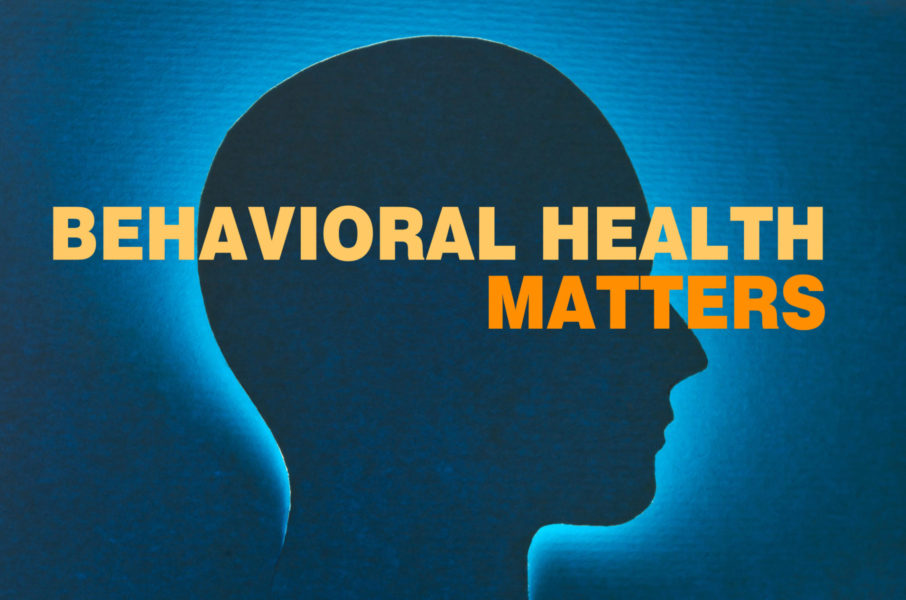Is it Winter Blues or Time to See a Professional?
The middle of winter can be a trying time. It’s common to experience some strange emotional dynamics on account of the shorter solar cycle, particularly for people that work full-time indoors. Often times one may observe a lapse in motivation or energy. As easy as it might seem to attribute the change in mood to a holiday hangover or a simple case of the winter blues, there may be some tangible, physiological issues taking place.
What is seasonal affective disorder?
Seasonal affective disorder (SAD) is a type of depressive disorder with a recurring seasonal pattern. It is commonly associated with the fall-to-winter seasonal transition, though depressive episodes linked to summer have been known to occur as well. Some characteristics of SAD include lethargy, losing interest in hobbies, feelings of hopelessness, hypersomnia, and thoughts of suicide.
Causes
While the exact cause of SAD is currently unknown, there are some known factors1:
- Disruption of circadian rhythm – the human body’s internal clock naturally synchronizes with the solar cycle. A decrease in sunlight exposure may cause a pattern disruption and lead to feelings of disruption.
- A drop in serotonin – serotonin is a neurotransmitter that affects mood. Reduced sun exposure can result in lower levels of serotonin, triggering feelings of depression.
- Melatonin imbalance – seasonal changes can disrupt the balance of melatonin in the body, which can affect sleep patterns and mood.
Risk Factors
Some are more likely than others to experience SAD. The following are some known risk factors:
- Gender – females are four times as likely to be diagnosed with SAD than their male counterparts.
- Family history – one is more likely to experience SAD if a blood relative already does
- Mental health issues – people that have been diagnosed with major depressive disorder or bipolar disorder are more likely to experience SAD
- Geography – depending on distance from the equator, one will experience a more significant swing in day and night cycles, thus creating higher risk of SAD
Maintaining awareness of symptoms and risk factors of SAD will help to provide clarity as to whether a momentary winter slump isn’t actually something more. If symptoms persist for days on end, it’s time to see a behavioral health professional.
1. “Seasonal Affective Disorder (SAD)”, last modified October 25, 2017, https://www.mayoclinic.org




